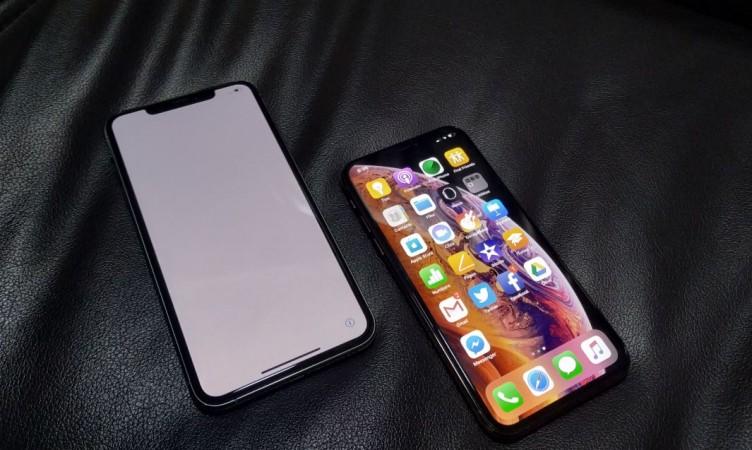Apple has a closed ecosystem that allows the brand to instil a sense of control on its devices. According to a new discovery, Apple might have activated a "dormant software lock" in iOS that prevents iPhone owners to replace a battery by anyone other than Apple.
When an iPhone owner tries DIY or third-party repair for battery replacement, Apple is reportedly disabling the battery health function by showing a "service" error even when a genuine battery is used. The battery lockdown feature is currently active on the latest iPhones, iPhone XR, iPhone XS and iPhone XS Max, iFixit and Justin from The Art of Repair YouTube channel found.
"Put simply, Apple is locking batteries to their iPhones at the factory, so whenever you replace the battery yourself—even if you're using a genuine Apple battery from another iPhone—it will still give you the "Service" message. The only way around this is—you guessed it—paying Apple money to replace your iPhone battery for you. Presumably, their internal diagnostic software can flip the magic bit that resets this "Service" indicator," iFixit noted in its report.

According to Justin, the error pops up due to the mismatch in the new iPhone battery's authentication key from what the logic board is expecting. Every iPhone battery has a unique authentication key, which must be paired with the iPhone's logic board to make the error message go away. And Apple refuses to make this authentication software available to anyone so users are inclined to go through the official Apple Authorized Service Providers for repairs, as simple as swapping the battery.
The simple task of a battery replacement turned into a dreadful task for repair technicians if they want to make the battery health feature work. Justin showed that the only way to get rid of the service error is to (very) carefully remove the microcontroller chip from the original battery and solder it into the new battery. As simple as it sounds, Justin warns against it as a minor error can spark a fire.

The safest option users have is to let the Apple technicians from the authorised service centres handle the task. But if you can live with the service error, the swapped battery will work as it is supposed to without affecting the performance of the iPhone.
In 2016, Apple had pulled a similar stunt, but that was with the Touch ID. It made sense at the time as Apple was concerned about the user privacy and their fingerprints falling into the wrong hands. There's no visible reason to do the same for batteries. We've reached out to Apple for a comment and we'll update as soon as we hear from them.













